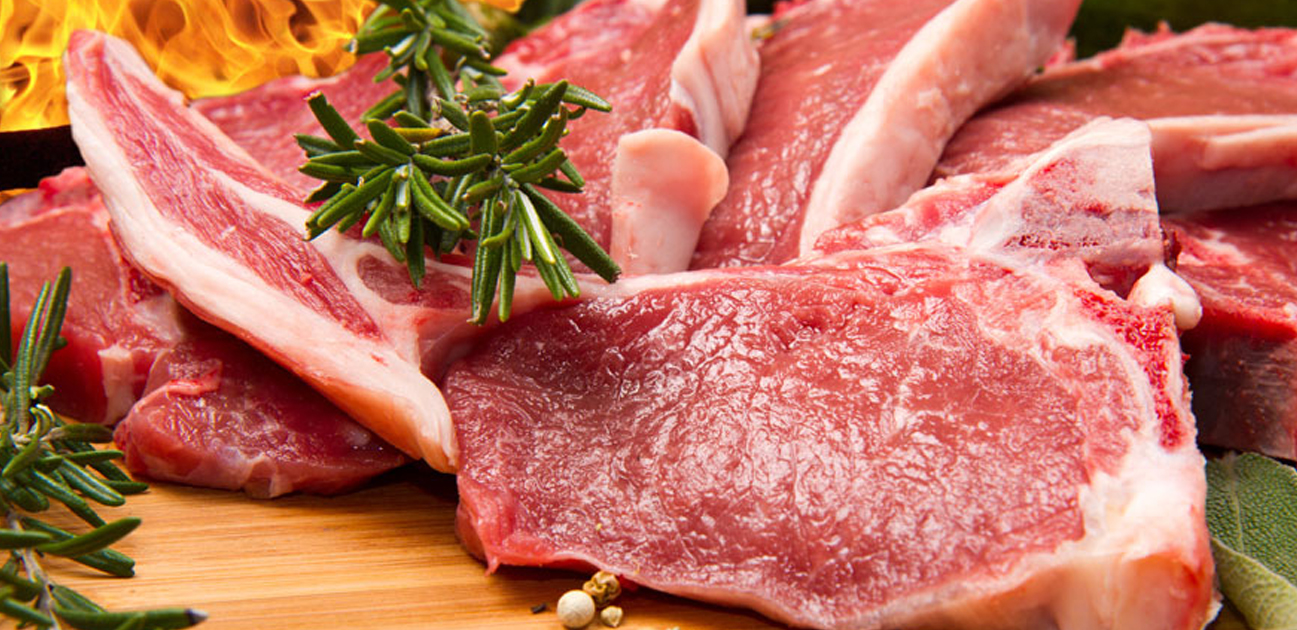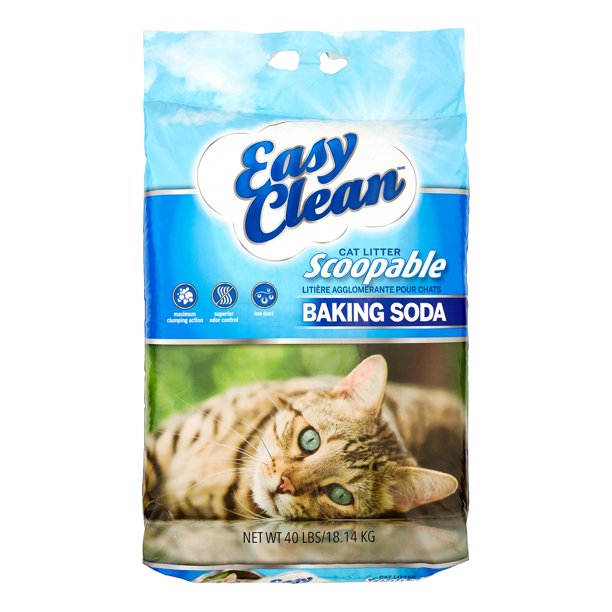Lamb is growing in popularity at dinner tables, but can dogs eat lamb too? Or should this meat stay reserved just for human consumption?
The answer is – yes, dogs can safely eat lamb as part of a balanced diet! Lamb offers several nutritional benefits for dogs and is perfectly fine as an occasional treat or meal addition.
However, there are some guidelines to follow when feeding lamb to ensure safety and proper digestion. Let’s explore the pros and cons of this wholesome red meat for canines.
The Nutritional Benefits of Lamb for Dogs
So what exactly makes lamb a healthy meat for dogs? Here’s an overview of its nutritional value:
- High-quality protein – Lamb is a complete protein containing all essential amino acids dogs need. This maintains and repairs muscle.
- Essential fatty acids – Lamb provides omega-6 fatty acids that give dogs shiny coats and healthy skin.
- Iron – Lamb is an excellent source of iron, which aids oxygen transport in blood and prevents anemia.
- Zinc – Necessary for immune system function, wound healing, and DNA synthesis.
- B vitamins – Thiamine, riboflavin, and B12 in lamb support metabolism and energy levels.
When choosing lamb for your dog, select lean cuts without excess fat whenever possible to maximize health benefits.
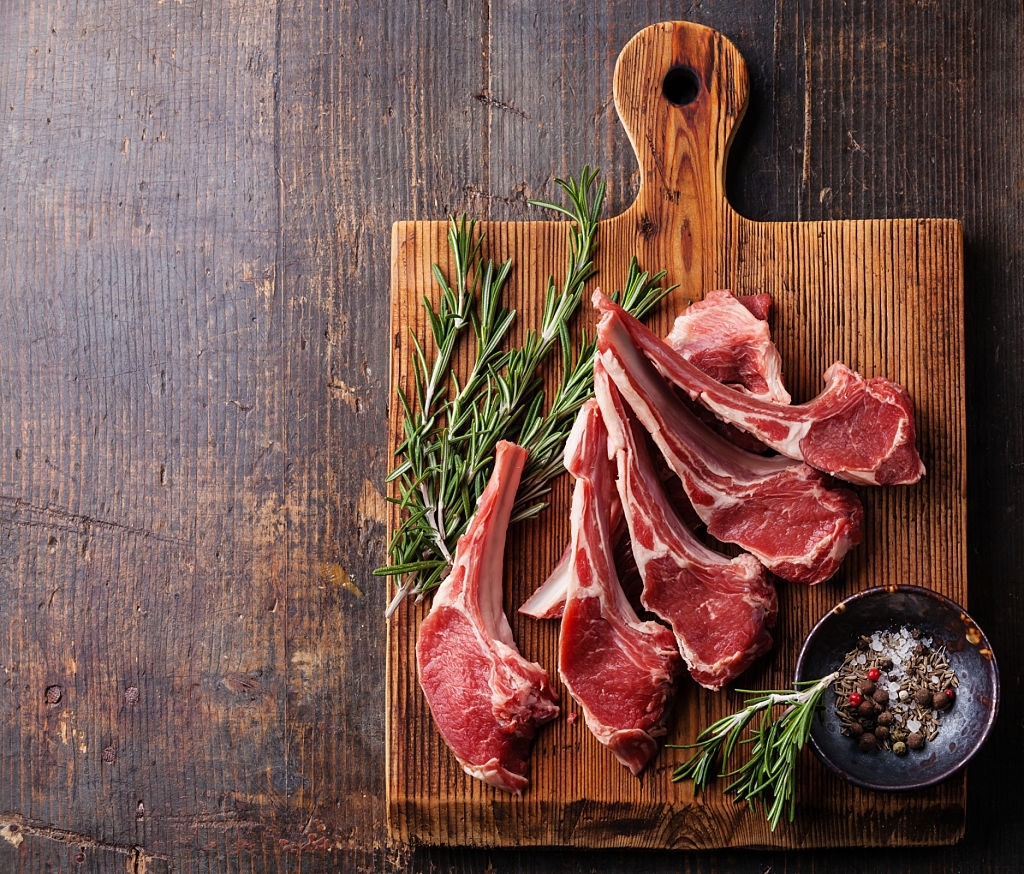
Is Lamb Easy for Dogs to Digest?
For most dogs, lamb is fairly easy to digest compared to other red meats like beef. This is thanks to:
- Higher moisture content and softer fat versus beef.
- Less dense protein structure compared to tough game meats.
- Less marbled fat and connective tissue than meat from mature cattle.
- Contains less histamine than other red meats, which reduce allergy risk.
For seniors or dogs with delicate stomachs, lamb is often better tolerated than beef or chicken due to its easier digestibility and lower tendency to trigger allergies or gas.
How to Feed Lamb Safely
When feeding lamb to your dog, follow these tips for safety:
- Select plain, cooked lamb with no seasonings or sodium.
- Chop or shred into small, bite-sized pieces to prevent choking.
- Always supervise your dog when eating to avoid rapid gobbling.
- Introduce lamb slowly mixed with their regular diet to check for signs of intolerance like digestive upset.
- Never give cooked lamb bones as they can splinter and cause injury or obstruction.
- Control portions to avoid weight gain or pancreatitis. Lamb is high fat.
Following these guidelines will allow your dog to gain the benefits of lamb while reducing the risks. Check with your vet if concerned about potential food allergies.
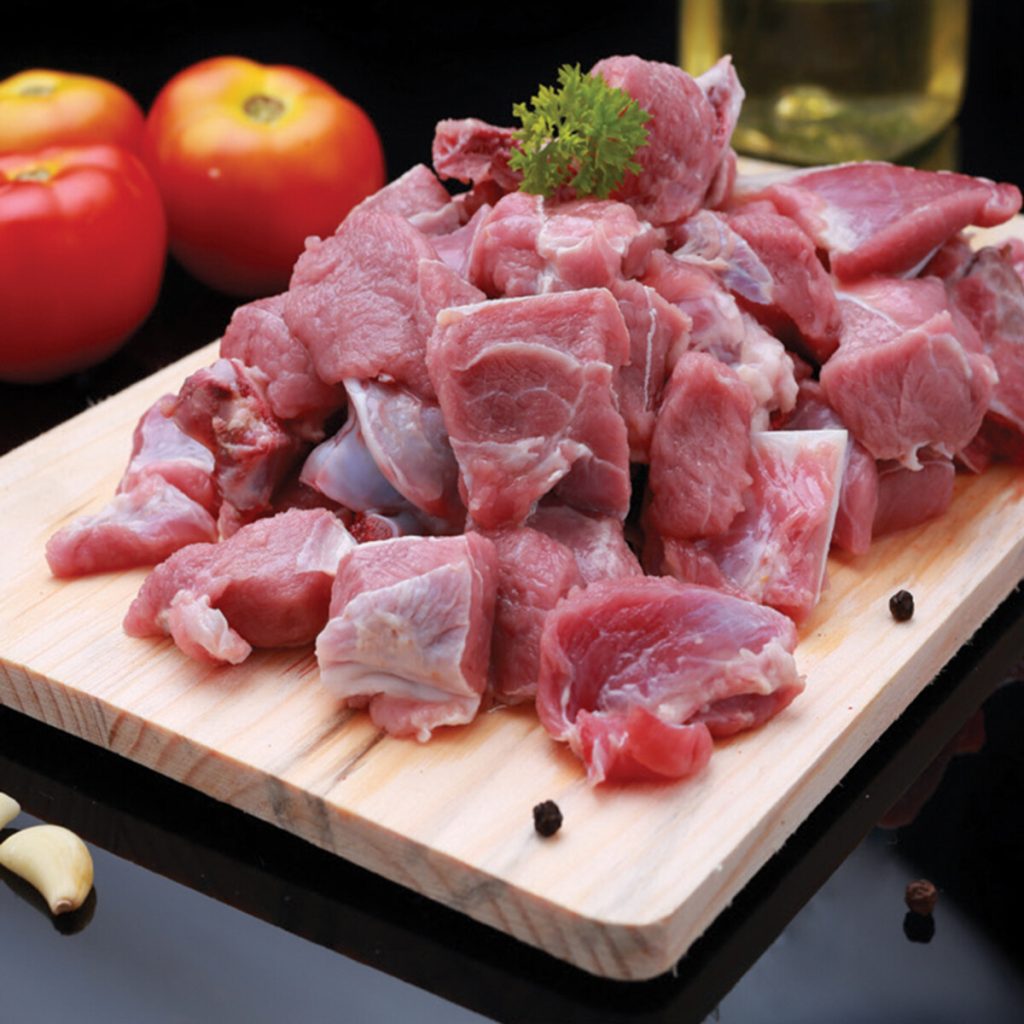
How Much Lamb Can Dogs Eat?
For the average adult dog, a reasonable portion of lamb is 2-4 ounces maximum per day. Adjust up or down based on your dog’s size and activity level.
Lamb should always be just a complementary protein source, not the sole basis of their diet. Rotate with other dog-approved meats like chicken, turkey, and fish.
Excessive lamb intake can lead to gastrointestinal upset, pancreatitis, and unhealthy weight gain due to its high saturated fat content. Moderation is key!
Should Dogs Eat Lamb Bones?
No, you should never feed your dog lamb bones even if cooked. The bones can still splinter and pose a significant choking hazard or lead to obstructions and injury.
Instead of bones, provide your dog with other dog-safe chews like bully sticks, antlers, or rubber toys to satisfy their urge to gnaw. This will protect their digestive tract.
Are Lamb By-Products OK for Dogs?
Lamb by-products like organs, feet, necks and backs are very rich meats that can cause digestive upset. It’s best to stick to plain muscle meat cuts of lamb like loin chops or leg roasts for optimal digestibility and nutrition.
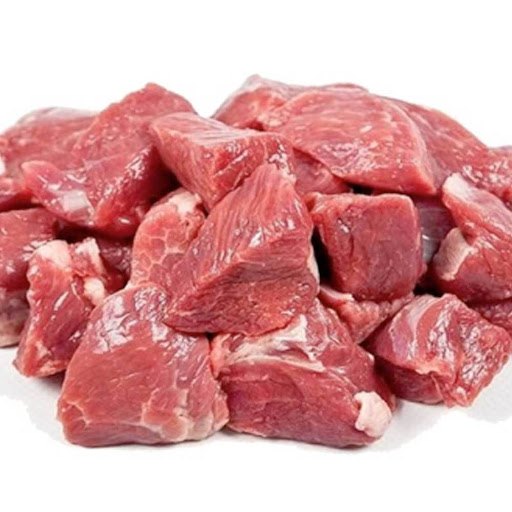
Is Lamb a Common Allergen for Dogs?
Compared to chicken, beef, dairy products, and wheat, lamb is far less likely to cause allergic reactions in dogs. However, any protein source can trigger food sensitivities.
Watch for symptoms like itching, ear infections, and digestive issues if feeding lamb. A veterinary supervised elimination diet is the only way to truly diagnose a food allergy in dogs.
So in summary, the majority of dogs can enjoy lamb in moderation as part of a nutritious diet. Pay close attention to portion size, preparation, and your individual dog’s reaction to this wholesome protein source. Consult your veterinarian with any concerns about introducing new meat to your dog’s diet.
Frequently Asked Questions
Still have some questions about feeding lamb to dogs? Here are answers to some common queries:
How do I know if my dog is allergic to lamb?
Signs of lamb allergy include itchy skin, ear infections, vomiting, diarrhea, and gas. Feed a novel protein diet for 2-3 weeks under a vet’s guidance to check for improvement.
Is lamb or beef better for dogs?
Both are nutritious meats. Lamb is typically easier to digest. Beef has more protein per ounce but a higher allergy risk. Choose grass-fed varieties of either.
Can puppies eat lamb too?
Yes, plain lamb meat without bones is fine for puppies over 8-12 weeks old. Stick to small portions since puppy digestive systems are more delicate.
Is lamb and rice dog food better for sensitive stomachs?
Lamb and rice formulas may be tolerate better by some dogs, but individual reactions vary significantly. There is no universally “hypoallergenic” diet.
Can I cook lamb bones to make them safe?
No, cooked lamb bones still pose significant risks. Don’t allow your dog access to any lamb bones. Use chews specifically designed for dogs instead.
In summary, lamb can provide valuable protein nutrition for dogs when fed properly. Use caution, monitor reactions, and consult your vet with any concerns. We hope this article helped explain the benefits and risks of lamb for dogs! Let us know if you have any other diet-related questions.
